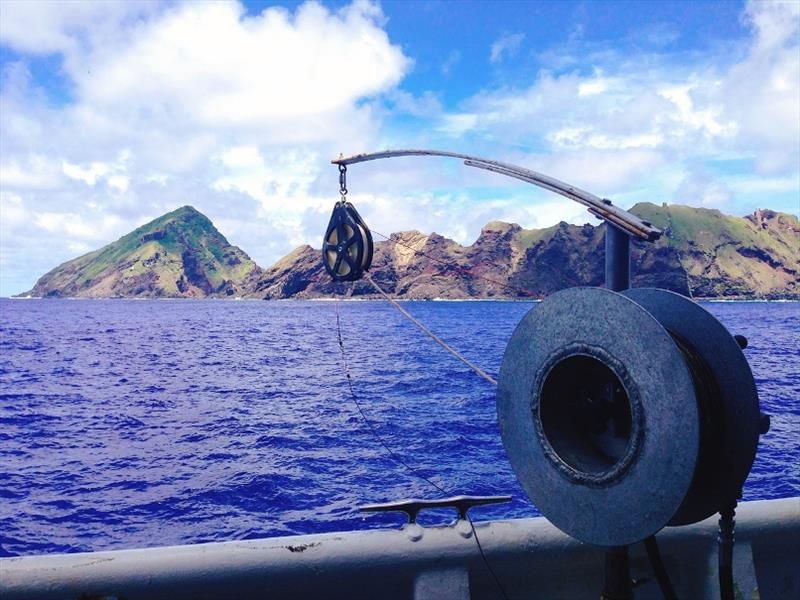
Territorial bottomfishes less healthy than previously assessed
by NOAA Fisheries 5 Sep 2019 11:09 UTC

Bottomfish fishing gear off of the Commonwealth of the Northern Mariana Islands © NOAA Fisheries / Joseph Di Battista
Bottomfish stocks in three U.S. Pacific territories are not as healthy as previously thought, according to a new report from NOAA's Pacific Islands Fisheries Science Center.
Scientists recently completed three new stock assessments for bottomfish species in the Commonwealth of the Northern Mariana Islands (CNMI), Guam, and American Samoa.
Stock assessment results differed among the regions. For the CNMI, the stock was healthy (not overfished and not experiencing overfishing). For Guam and American Samoa, the stocks were less healthy. The Guam stock was overfished but not experiencing overfishing, and the American Samoa stock was both overfished and experiencing overfishing.
Bottomfish in the Territories
Bottomfish include species of snapper, emperor, grouper, and jack. The assessments considered the health of multi-species groups of bottomfish in each territory. The bottomfish group in American Samoa has 11 species and the groups for the CNMI and Guam each have 13 species. The data showed that there were three species of bottomfish most commonly caught by fishers:
Bluestripe snapper (Lutjanus kasmira)
- Samoan name: savane
- Chamorro/Carolinian name: funai/saas
Redgill emperor (Lethrinus rubrioperculatus)
- Samoan name: filoa-paomumu
- Chamorro/Carolinian name: mafute/atigh
Flame snapper (Etelis coruscans)
- Samoan name: palu-loa
- Chamorro/Carolinian name: buninas/taighulupegh
Data sources and analyses
The stock assessments used creel (recreational, subsistence, and commercial fishing) survey data and commercial fishing sales receipts for information on fish catch and abundance trends. The creel surveys are interviews of fishers fishing from the shore and from boats. Territorial agencies have conducted these surveys in Guam since 1982, American Samoa since 1986, and the CNMI since 2000.
The assessment results for Guam and American Samoa differ from previous stock assessments. The findings were reviewed by an independent panel of scientists and a member from the Western Pacific Regional Fisheries Management Council's Science and Statistical Committee. They considered the data analyses and modeling approach to be improvements over previous assessments.
Previous assessments only included creel survey data from fishing trips with a high amount of bottomfish species in the catch. This approach may have created a bias in the data by excluding fishing trips that tried to catch bottomfish but did not. The new analyses reduced this bias by including all fishing trips that used gear that most commonly catch bottomfish, even if no bottomfish were caught.
The report will now go to the Western Pacific Regional Fisheries Management Council's Science and Statistical Committee for evaluation before it is used to inform fishery management decisions. In addition, NOAA Fisheries will use information in the stock assessments to inform official stock status decisions.